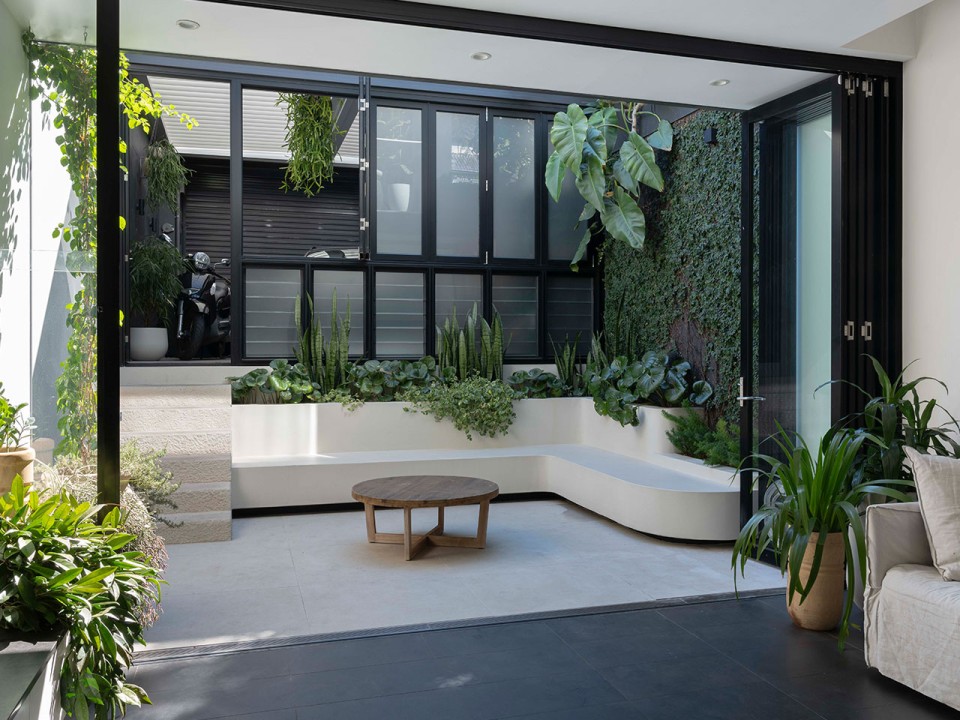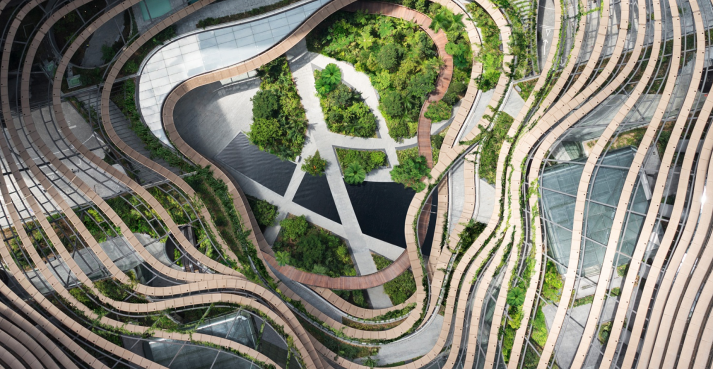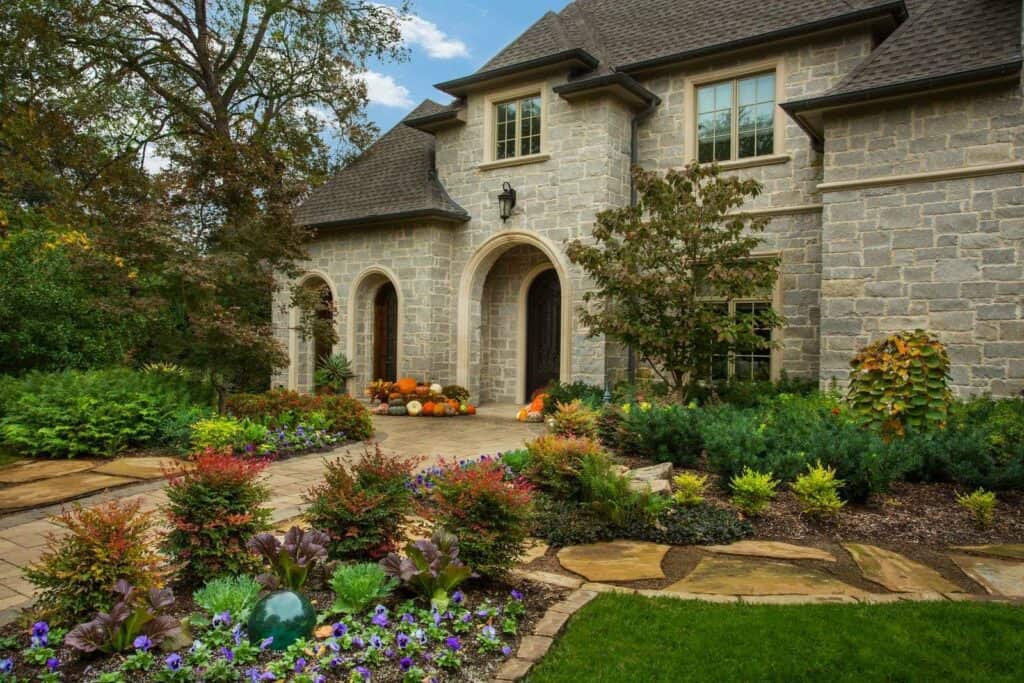The Buzz on Landscape Design
Landscape Design Fundamentals Explained
Table of ContentsLandscape Design Fundamentals ExplainedThe 30-Second Trick For Landscape Design3 Easy Facts About Landscape Design DescribedThe Facts About Landscape Design Uncovered
When making a domestic landscape, the most important step is to place a plan on paper. Developing a plan of attack will certainly save you money and time and is extra most likely to cause an effective style. A plan of attack is created with the 'design procedure': a detailed technique that considers the ecological problems, your needs, and the components and concepts of layout.The five actions of the style process consist of: 1) performing a site inventory and evaluation, 2) identifying your requirements, 3) creating useful diagrams, 4) creating conceptual layout strategies, and 5) drawing a last style plan. The initial three actions develop the aesthetic, functional, and gardening needs for the design. The last 2 steps then use those requirements to the development of the last landscape plan.
This is an essential action for both plant selection and placement and situating family members tasks and functions. It is very important because the exact same environment problems that impact the plantstemperature, humidity, rainfall, wind, and sunlightalso affect you, the individual. The next action is to make a list of your requirements and desiresthis helps you determine just how your backyard and landscape will be made use of.
The functional representation is after that used to find the task rooms on the site and from this layout a conceptual plan is developed. The last step is a last design that consists of all the hardscape and growing details that are essential for installation. Throughout the layout process there are 10 vital things to take into consideration: for plant choice and task location by considering what you want and require to aid figure out forms and organize spaces by designating task locations and linking with components for both the setting and the individual by utilizing massing and layering strategies such as transition areas and focal factors in the products, the shades, and the surface area textures for the growth and maintenance of plants by utilizing sustainable style methods An extensive supply and analysis of the website is vital to figure out the ecological conditions for plant development and the very best use the site.
The Of Landscape Design
The kind of soil establishes the nutrients and moisture offered to the plants. It is constantly best to utilize plants that will flourish in the existing soil. Although dirt can be modified, change is often pricey and many times ineffective. Existing vegetation can offer clues to the dirt type. Where plants expand well, note the dirt problems and utilize plants with comparable growing needs.

Sun/shade patterns, the quantity and size of exposure to sunlight or shade (Number 1), create microclimates (in some cases called microhabitats) - Landscape Design. Recording site conditions and existing vegetation on a base map will certainly reveal the place of microclimates in the yard. Plants normally fall right into one or two of 4 microclimate categories-full sunlight, partial color, color, and deep color
The Greatest Guide To Landscape Design
Energies such as power lines, septic tanks, underground energies and roof overhangs identify plant place. Use a land surveyor's plat of your home for the boundaries and location of your home.


Budget plan issues include the materials, first setup costs and the on-going upkeep expenses. Establish the time and cash you are eager to place right into preserving the plants and hardscape-be practical concerning your intents and ability. Number 3. Current use areas. Credit Report: Gail Hansen, UF/IFAS Number 4. Proposed usage areas. Credit Score: Gail Hansen, UF/IFAS There are several landscape style styles- from easy to complex, yet it is handy to select one to guide your plant and product option.
Several people discover it handy to search in horticulture publications and publications for ideas. This is an excellent start, however understand that the gardens in the pictures were chosen because from this source they are superior examples. Check out the photos with a critical eye to gather ideas that you can adapt to your enthusiasm degree, your budget and your site.
Decide if you wish to open your backyard, close your backyard, or a little of both, to these views (Landscape Design). In other words, do you want the yard to confine the space around you and connect primarily to your house, or do you want the garden to open sights and look outside, connecting to the surroundings? This will give you a starting indicate assume regarding a style
The Of Landscape Design
Every yard ought to have a form style, go to my site yet not all yards have a style motif. Numerous property gardens have no specific design other than to mix with the home by repeating details from the design such as products, color, and kind.
In a form style the organization and form of the spaces in the backyard is based either on the shape of your house, the form of the areas in between your house and the residential or commercial property borders, or a preferred shape of the house owner. The kind theme identifies the form and company (the layout) of the areas and the web links between them.
